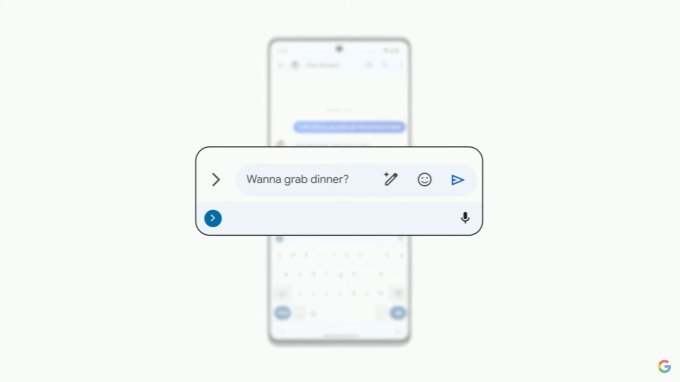Google’s Magic Compose can rewrite your texts using AI
Google today introduced a new feature that combines Android’s guided customization with its advances in generative AI to help people compose more personal messages. The feature, called Magic Compose, was demoed briefly on stage this afternoon at the company’s I/O developer conference, showing how the feature could be used within messages and conversations to rewrite texts in different styles.
To get started with Magic Compose, you’ll need to use Google Messages app and first type your message as your normally would. Then, you’ll select how you want the message to sound, and Magic Compose can adjust the text accordingly. For example, the feature could make the message sound more positive or more professional, or you could just have fun with it and make the message sound like it was “written by your favorite playwright,” aka Shakespeare.
Magic Compose could be handy for those who spent a lot of time communicating through text messages and often have to switch between personal messages and those for work, but doesn’t necessarily sound like a must-have feature from these first demos. Instead, it’s another example of how Google is working to embed AI into every aspect of its business — including its Android smartphone apps. Combined with other features, however, the use of AI throughout its operating system could give Android a bit of an edge in the competitive device market.

Of course, the company also took the time today to shout out again about its demand for the rest of the industry (Apple!) to embrace RCS — the rich messaging format for texts that upgraded SMS with more features, putting it on par with Apple’s iMessage. But Apple hasn’t shown interest in integrating with RCS — no matter how many cheers it got during a Google conference — because it would rather keep users locked into its own ecosystem.
Magic Compose will roll out later this summer in beta, Google says.
Google’s Magic Compose can rewrite your texts using AI by Sarah Perez originally published on TechCrunch


